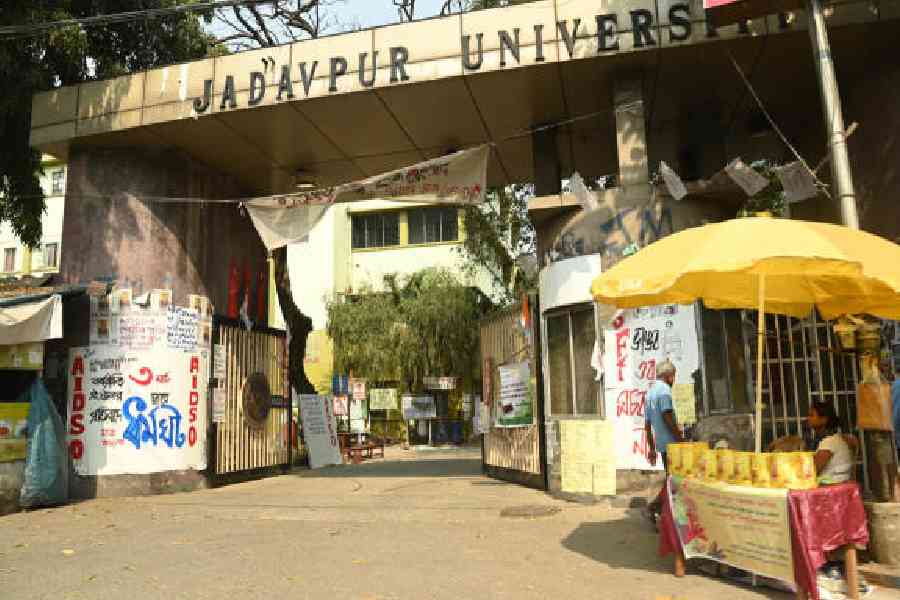For five years now, Pickle Factory has been presenting work that crosses boundaries and explores astonishing and uncategorisable movement arts experiments that question the contours of dance. Season 5, currently on at venues across the city, has a spread of pieces from across India and the world that establishes the outfit as a redoubtable force in festival curation.
One of the works on offer this season at G.D. Birla Sabhagar was the bizarre, surreal and menacing Shoot the Cameraman with noirish twists. The work of AWA, a Luxembourg-based dance company, which combines video projections with live performance, invites the audience to respond to the dance, the storytelling on film and the disturbing possibilities at the intersection of the two. That the camera can project an alternative truth is an all-too-familiar truth of our times and the piece exposes with shocking brutality the relationship between power and abuse. The live dancing is riveting even as the gruesome crime thriller-like structure of the work remains intact. Cinematic trickery and dual realities add startling textures to this unusual work with a duet that ferments from amorous and erotic interactions to vicious encounters.
The Indo-Swiss documentary dance performance, Ef_femininity, created by Marcel Schwald and Chris Leuenberger layers journalism and personal narratives with dance to question traditional notions of gender, femininity, effeminacy and the brutalities of the heteronormative society towards identities beyond the binary. An immersive piece choreographed on gender-fluid bodies, it combines sumptuous dancing with powerful text, gestures, dark humour and video projections to focus on demanding material such as the political and psychological intricacies of transition, shockingly botched-up gender-reassignment surgeries and systemic cruelty towards soft targets. The cavernous interior of an erstwhile prison cell in the Alipore Jail Museum turned out to be a potent venue for this work with a forceful proposition of what it means to be caged and ensured that the urgent entreaty is not lost on anyone who experiences it.
On her second outing at a Pickle Factory season, Solène Weinachter brings her solo, After All (picture), themed on death examined through different lenses and remembrance. With her signature light touch and assured handling, Weinachter takes the audience through funeral rituals, critiquing them while proposing new ones, in a work that is both personal and universal. She explores the absurdities of the rituals and the conflicting emotions in the processing of grief. This is a gut-wrenching work that brings together dance, physical theatre and the Celtic practice of keening into a compelling piece of great thoughtfulness, imagination and theatricality.
Padmini Chettur presented two pieces, Philosophical Enactment 1 at Experimenter gallery and Stilling, as a site-specific performance at the Alipore Jail Museum. With her movement vocabulary of slow, serene and weighted stillness, she works with text, sound, shadows and the moving body in the 25-minute former solo piece breathing separate lives into each layer while each provides a lens to the other. In Stilling, an hour-long group piece of deliberate lines, curves, repetitions in movement and auditory engagements, one is faced with questions of intellectualisation and accessibility.
Adishakti’s Urmila, staged at the G.D. Birla Sabhagar, offers a lens through which the ideas of consent and agency are examined. Condemned to 14 years of sleep by her husband, Lakshman, Urmila hallucinates as she interacts with the two soldiers who represent patriarchal authority. Hilarious and scathing at once, this fascinating work subverts the narrative of one of the many neglected women of
our epics.











